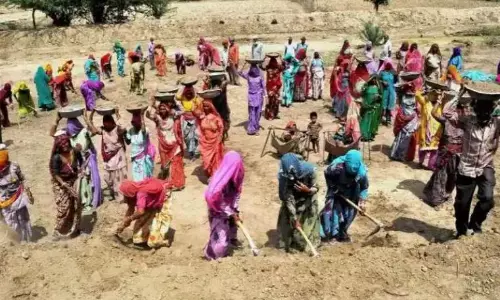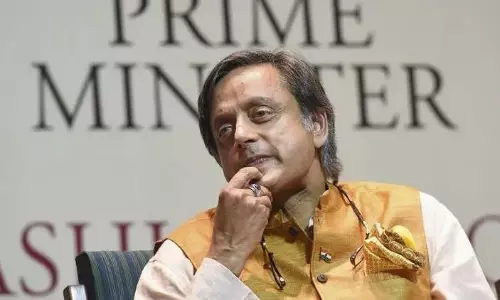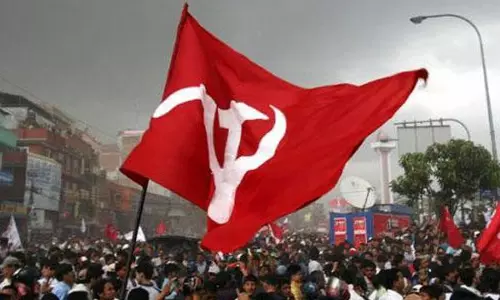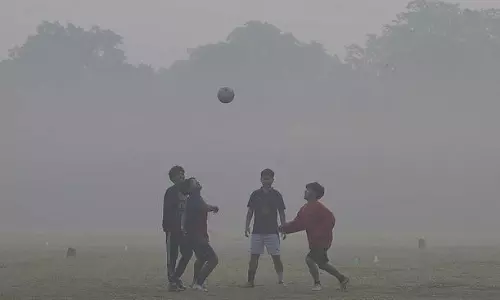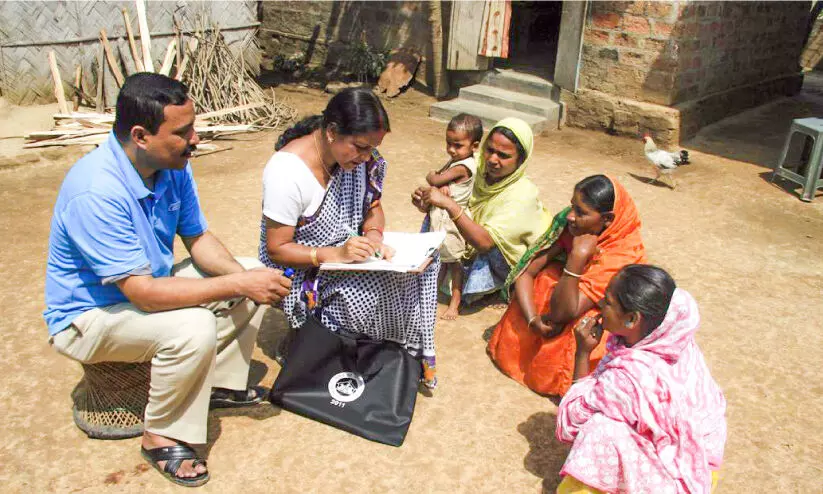
First phase of census to begin on April 1, 2026, with houselisting operations
text_fieldsNew Delhi: The first phase of India’s upcoming decennial census will begin with the Houselisting Operations on April 1, 2026, according to the Registrar General of India.
In a letter addressed to the chief secretaries of states and Union Territories, Census Commissioner and Registrar General Mrityunjay Kumar Narayan confirmed that both the Houselisting Operations and Housing Census will commence on that date. Prior to the rollout, supervisors, enumerators, and their assignments will be finalised with assistance from state and district administrations.
The census will be conducted in two phases. The initial Houselisting Operation (HLO) will gather data on housing conditions, household assets, and available amenities. The second phase—Population Enumeration (PE)—is scheduled for February 1, 2027, and will collect demographic, socio-economic, and cultural details of individuals in each household.
The government has also confirmed that caste enumeration will be part of the exercise.
In total, the census will involve over 34 lakh enumerators and supervisors, supported by approximately 1.3 lakh functionaries. This will be the 16th Census of India and the eighth to take place after independence.
India's upcoming census will feature a digital-first approach, with data collection carried out through mobile applications and a provision for self-enumeration.
According to the Office of the Registrar General and Census Commissioner, citizens will be asked nearly three dozen questions during the survey. These cover a range of aspects, such as household ownership of mobile phones, internet access, and vehicles—including bicycles, scooters, motorcycles, cars, jeeps, and vans—as well as appliances like radios, televisions, and transistors.
The questionnaire will also seek information on household cereal consumption, sources of drinking water and electricity, type and accessibility of toilets, wastewater disposal, bathing and kitchen arrangements, type of cooking fuel used, and presence of LPG/PNG connections.
Additional details to be captured include the materials used in the construction of the home—floors, walls, and roofs—its overall condition, number of residents and rooms, number of married couples, and whether the head of the household is female or belongs to a Scheduled Caste or Tribe.
(inputs from PTI)





